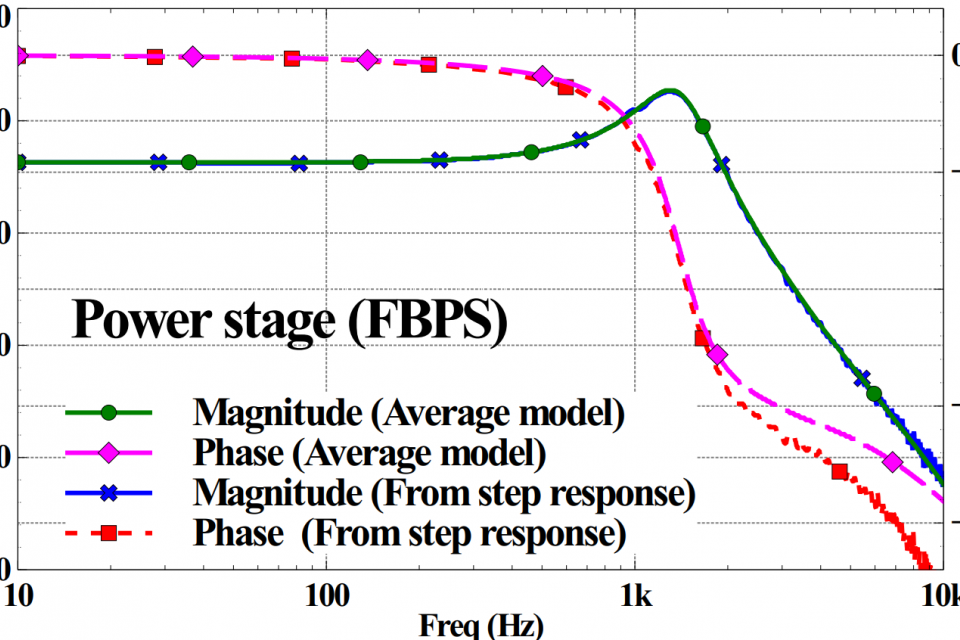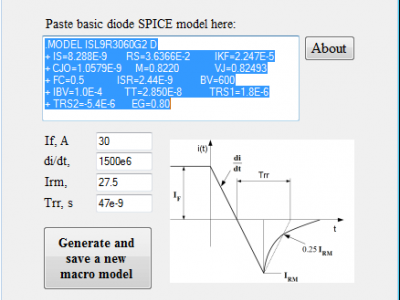Datasets
Standard Dataset
Supplementary materials for the article: Extracting Small Signal Models of Power Converters Using Time Domain Step Response Simulation in SPICE
- Citation Author(s):
- Submitted by:
- Denys Zaikin
- Last updated:
- Wed, 11/27/2024 - 04:42
- DOI:
- 10.21227/91v4-sq27
- License:
 109 Views
109 Views- Categories:
- Keywords:
Abstract
This document presents a simple method for using time-domain simulations to extract an AC small-signal model of the power stage in a power converter. Such extraction is important for simulating feedback loop gain and assessing the stability of complex power converter topologies, such as resonant converters or converters with advanced switch control. With the proposed approach, a single time-domain simulation run is sufficient to extract the small-signal model, making the process time-efficient.
The method is based on step response simulation, where the input control signal (e.g., duty cycle, switching frequency) is applied as a step function. The output parameter of the converter (such as output voltage or current) is recorded during the time-domain simulation and then converted into a SPICE netlist using Laplace transform statements. The Laplace transform in the s-domain is supported by most SPICE simulators, including LTspice and PSpice.
The presented algorithm and model are automatically generated using an open-source software tool. Thus, free tools like LTspice, combined with the open-source tool, can serve as cost-effective alternatives to commercial SPICE programs such as PSpice, PADS, Simetrix, and MATLAB.
This document presents a simple method for using time-domain simulations to extract an AC small-signal model of the power stage in a power converter. Such extraction is important for simulating feedback loop gain and assessing the stability of complex power converter topologies, such as resonant converters or converters with advanced switch control. With the proposed approach, a single time-domain simulation run is sufficient to extract the small-signal model, making the process time-efficient.
The method is based on step response simulation, where the input control signal (e.g., duty cycle, switching frequency) is applied as a step function. The output parameter of the converter (such as output voltage or current) is recorded during the time-domain simulation and then converted into a SPICE netlist using Laplace transform statements. The Laplace transform in the s-domain is supported by most SPICE simulators, including LTspice and PSpice.
The presented algorithm and model are automatically generated using an open-source software tool. Thus, free tools like LTspice, combined with the open-source tool, can serve as cost-effective alternatives to commercial SPICE programs such as PSpice, PADS, Simetrix, and MATLAB.
Dataset Files
- step2transfer_c#_20240519.zip (8.37 MB)
- Examples_LTspice_20240908.zip (16.94 MB)










